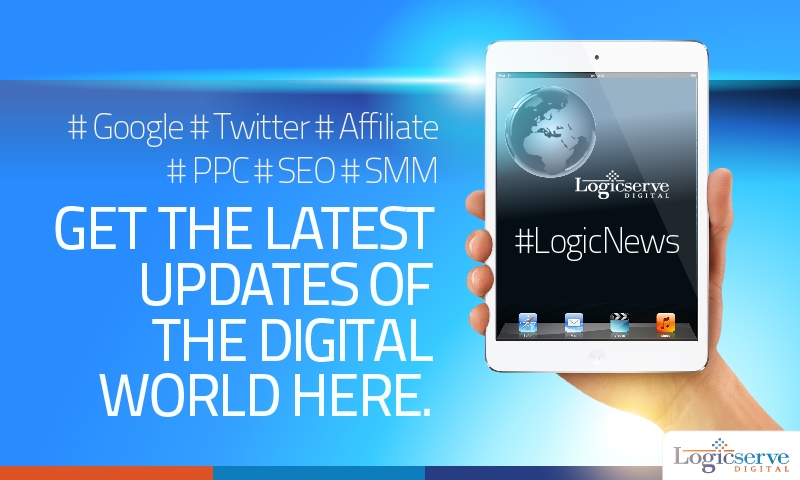comScore announced late Wednesday that the company will work with Google to provide independent brand safety reporting of advertising campaigns on YouTube. (Source: MediaPost)
‘Twitter Lite’ minimizes data usage and loads faster on slower connections, “with up to 30% faster launch times as well as quicker navigation throughout”. Twitter Lite also takes up less than 1MB on your device, maximizing storage. (Source: Social Media Today)
The Facebook Workplace is not new to the users; it has been around since October 2016, however what is new is the new freemium version and it has already got the tech geeks excited. So let’s see what it holds in store for us. (Source: Logicserve Digital)
YouTube has made available its beta version of YouTube Go available for download on the Google Play Store in India. Google’s video platform announced about the introduction of YouTube Go in India in last September. (Source: Ad Age India)
Brands have had to manually create each individual Canvas ad on Facebook’s desktop site — uploading the photos and videos, typing out the text and links, placing each element on each page and so on. Now, Facebook is automating that production process. (Source: Marketing Land)
While about 80% of engagement with sponsored content on LinkedIn now happens on mobile, marketers had a hard time influencing the final conversion on that channel. So LinkedIn expanded its native ad arsenal by launching lead-gen ads. (Source: AdExchanger)
First, this is Taboola’s first alliance with a major email marketer. LiveIntent handles 3 billion email newsletters for 1,600 publishers and brands, which it says reach over 160 million individuals monthly. (Source: MARTECH TODAY)
Amidst all the appreciation for addressing the user problem, recently, the platform once again came under the hammer as it announced that they would replace the existing default egg avatar with the greyed out human icon, which Twitter felt would encourage users to upload their real/actual picture. (Source: Logicserve Digital)
YouTube is taking measures to help ensure its user-generated content doesn’t end up positioning ads by big brands next to questionable content. The social network will not allow ads on channels that have fewer than 10,000 views total, across all their posted videos. (Source: TechCrunch)
The tab is essentially a second News Feed, except without any posts or baby pictures from your friends. Instead, Facebook is using the tab to only show recommended videos and articles based on what you already like and watch in your main News Feed. (Source: Business Insider)
___________________________________________________________________________________________________________________________________
Expert Opinion
- Why is it essential to integrate offline and online marketing efforts for brands?
Outdoor, print and television were once considered as three vital pillars of marketing. With the advent of the internet, this was challenged. As per the media budget index report (econsultancy, 2016), irrespective of significant internet growth Indians still spend 80% of their time, consuming media offline.
 So, even if we see a growth in the online marketing spend over the past two-three years, because of the wide-spread impact of offline marketing, it is vital to integrate both the mediums. The consumer should ideally be exposed to a message at least seven times on an average before they decide on purchasing. They gather information from multiple channels across buyer process. These become the building blocks for sale.
So, even if we see a growth in the online marketing spend over the past two-three years, because of the wide-spread impact of offline marketing, it is vital to integrate both the mediums. The consumer should ideally be exposed to a message at least seven times on an average before they decide on purchasing. They gather information from multiple channels across buyer process. These become the building blocks for sale.
By integrating offline and online marketing efforts, brands get to touch their customer’s lives at various points. This seamless integration can also support with increased ROI for the brand. To back the integrated (digital + physical) approach, we at Thomas Cook have a strong online and retail offline network of stores to service our clients. The ultimate aim is to give customers a choice. Whether digital or physical the customer gets a seamless experience.




